Wellness is more than a checklist. It is a way of living that touches every part of life including your lifestyle, your mental and spiritual health, your relationships, and your connection to the world around you. At its core, wellness is about creating a life that feels balanced, meaningful, and aligned with your values. The Global Wellness Institute and Wellness Alliance identify six key dimensions of wellness: emotional, physical, mental, social, spiritual, and environmental. Each plays a vital role in personal growth.
Emotional wellness means understanding your feelings, managing stress, and cultivating a healthy self-image. In therapy, this can involve exploring emotional patterns, building resilience, and developing practical coping strategies. Even small daily habits such as identifying and naming your emotions can deepen your sense of balance.
Physical wellness focuses on caring for your body through movement, nutrition, rest, and preventive healthcare. Therapy often includes recognizing the strong link between physical and mental health, helping you adopt habits that support both energy and mood. Pairing a short walk with a mindful check-in is one simple but effective way to nurture both body and mind.
Mental wellness involves keeping your mind active, curious, and adaptable. In therapy, this might mean challenging unhelpful thought patterns, exploring new perspectives, and strengthening problem-solving skills. Outside of sessions, engaging with new ideas through a skill, a podcast, or an article can keep your mind stimulated and growing.
Social wellness is about cultivating healthy, supportive relationships. Therapy can help you improve communication, set boundaries, and better understand your relationship patterns so your connections feel energizing rather than draining. Sometimes it starts with something as simple as reaching out to a friend and sharing an honest update.
Spiritual wellness is finding purpose, meaning, and a sense of connection beyond yourself. This can take many forms including attending religious services, spending time in nature, practicing gratitude, or engaging in acts of service. Seeking out places and experiences that bring you peace can help bridge the gap between intention and daily life.
Environmental wellness focuses on creating surroundings that support your well-being. Our physical spaces often mirror our internal state, and therapy can help you identify ways to make them feel calmer and more supportive. Clearing a workspace, opening a window, or adding greenery are small steps that can shift your mindset.
At The Attached Counseling Collective, we see wellness as a journey, not a destination. You do not have to perfect all six dimensions at once, but acknowledging and nurturing each in your daily life can help you feel more balanced and fulfilled. Therapy offers a safe space to reflect on where you are, where you want to be, and the meaningful steps to get there. Your path to wellness is uniquely yours, but you never have to walk it alone.
References:

